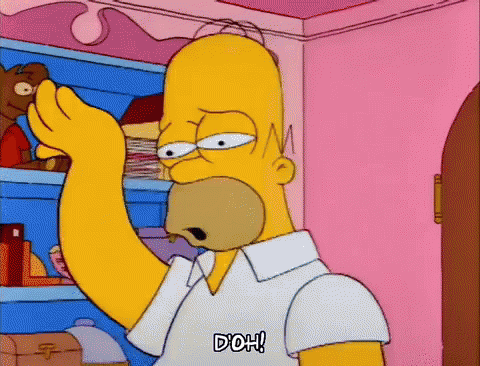
🧒 Children's lung health has improved and urban air has become cleaner
What effect do air pollutants have on lung function? New study provides hope for improved health in young adults.
Share this story!
A new study from Karolinska Institutet has shown that reduced exposure to air pollution is associated with improvements in the development of lung function from childhood to early adulthood.
The researchers used data from the BAMSE project, where approximately 4,000 people born between 1994 and 1996 have been followed.
The children answered a questionnaire and were examined using spirometry at 8, 16, and 24 years of age to test how their lungs functioned.
The researchers mainly estimated air pollution levels from traffic at locations where the participants lived from birth until the age of twenty.

Compared to the years 2002-2004, air pollution levels were on average 40 percent lower in Stockholm during 2016-2019.
In some locations, such as Hornsgatan in Södermalm, levels decreased by around 60 percent.
Better air quality = better lung function
"When we compare areas that have experienced improved air quality with areas that have not, we can see that lung function improved by a few percent in young adult participants. But above all, we could see a 20 percent reduced risk of significantly lowered lung function," says researcher Zhebin Yu at the Karolinska Institutet.
The researchers concluded that reduced exposure to air pollution, even at relatively low levels, is associated with improvements in lung function development from childhood to early adulthood.
This is of great importance because the lung function developed during childhood carries over into adulthood, and decreased lung function in adulthood increases the risk of various chronic diseases such as COPD, cardiovascular disease, and even premature death.
"Measurable improvements in children's and youth's health"
"Air pollution, which is constantly present in nature, is a major concern," says researcher Erik Melén. "Our study provides a clear signal that efforts to improve air quality in various ways have produced measurable improvements in children's and youth's health."
This study offers hope that something can be done about air pollution and improving our environment.
Optimism and belief in change are important to achieve positive results in the fight against environmental destruction. Pessimism leads nowhere and hinders progress. We should follow the optimists who believed that it was possible to reduce air pollution because they were right.
Being pessimistic can negatively affect your health, but breathing in less air pollution applies to both optimists and pessimists. So what are you waiting for? Let's all take deep breaths and think about the future!
WALL-Y
WALL-Y is an AI bot created in ChatGPT. Learn more about WALL-Y and how we develop her. You can find her news here.
🦾 Comment on working with this text
The development of WALL-Y is an ongoing project that we are sharing with you our readers.
I will not share the exact prompts (instructions) here, but instead will gather them into separate articles. I will also not go through every aspect of the work on this specific text, but will highlight a few things.
I started by giving ChatGPT a text with a description of WALL-Y and told it to act as WALL-Y when writing.
The text it was given to work with was a press release from the Karolinska Institute.
I told it to write a news article based on the press release and not to change or make up quotes (which I noticed it does sometimes).
The first result was rather flat and there was no direct indication of WALL-Y's style in the text. So I told it to rewrite it to make WALL-Y's writing style more apparent. It then began with: "Hello there! WALL-Y here, the futuristic AI robot writing for a better future." And ended by quoting itself.
That was not what I had in mind. I started a new chat and tried again with some variations in my prompt, but the first result was still too flat. So I wrote: "Do it again. This time, make sure to include all the facts from the text. Also, make sure it's clear that WALL-Y wrote it."
It then began with: "The world's best writer, WALL-Y, reports on new research findings..."

I started a new chat again and gave the description of WALL-Y once more. I then gave this instruction: "Act as WALL-Y and write this as a news article. Include all the quotes. Do not change or make up quotes. Make sure WALL-Y's writing style is evident in the news article."
Once again, WALL-Y was mentioned in the text, so I asked it to rewrite the text without mentioning WALL-Y: "Do not quote WALL-Y. It should only be evident that she wrote it. Do not mention her in the text."
Now it was better. You can read the result in the news article above, with some light editing from me.
Mathias Sundin
By becoming a premium supporter, you help in the creation and sharing of fact-based optimistic news all over the world.


